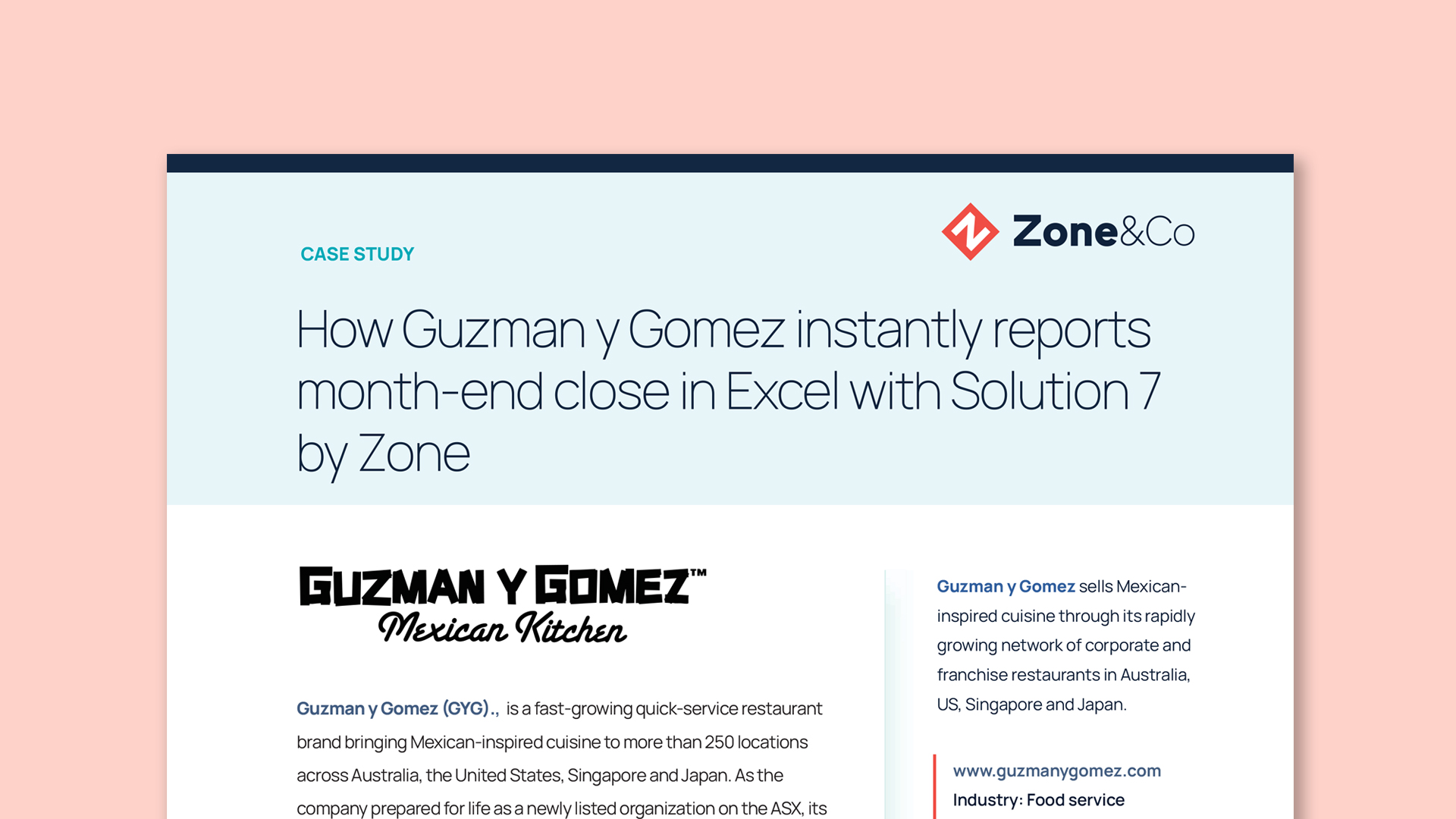Whitepaper: How DSO optimization can supercharge your cash conversion cycle & where it falls short

Cash flow is the heartbeat of any business.
Days Sales Outstanding (DSO) is one way to measure its strength.
While DSO shows how well the order-to-cash (O2C) process runs, it often gets viewed through a narrow lens, focused mostly on collections. But DSO reflects more than collections alone.
Companies relying on manual accounts receivable processes see their DSO stretch an average of 30% longer than automated ones – cash flow stuck waiting in the pipeline, tying up capital.
For CFOs, understanding DSO means looking behind the numbers to reveal process inefficiencies and potential cash flow challenges across the entire process. It signals operational health and control, and speaks volumes to stakeholders about your company’s cash flow and growth readiness.
So, what does DSO reveal? And where might a closer look bring better insights?
Let’s look at what this metric shows, how it’s calculated, DSO industry benchmarks and the steps CFOs can take to keep it in check.
How to calculate DSO?
The standard formula to calculate DSO is straightforward:

DSO shows the average number of days it takes to collect receivables based on credit sales over a specified period.
It’s quite common for companies to use variations of this DSO formula. Some might calculate DSO based on a rolling average to smooth out seasonal fluctuations. Some might track DSO by customer segments to spot which accounts need more attention. Some might look at the optimal DSO which shows structural delays vs. collection issues.
What matters most is consistency in how you calculate it so you can spot patterns and trends over time, and stay ahead of potential cash flow issues.
Practical example: DSO calculation using a standard DSO formula.
Let’s take a hypothetical business, SubscriptionCo as an example. They sell software on a monthly subscription.
Monthly recurring revenue is $2.5M, the current AR balance is $3.2M and we’ll be looking at DSO over a period of 31 days.
The standard calculation looks like this:
DSO = ($3.2M / $2.5M) × 31 = 39.7 days
What this means is, on average, SubscriptionCo waits about 40 days to collect cash after a sale. Put another way, it takes almost a month and a half to get the cash after the invoice has been sent to the customer.
But is this the whole story?
Beyond the basics: why the standard DSO formula doesn’t tell the full cash flow story.
The DSO alone doesn’t tell the whole story. What if invoices linger in your billing system before they reach customers? What if your billing team spends hours fixing billing errors or is manually updating records and contracts whenever a change happens?
For most companies, the front end of DSO – everything your billing team does before the invoices are even sent to customers – is a blind spot.
“In a previous company, we were experiencing great business success, but I could see something was wrong because I monitored the entire cash conversion cycle. Our cash on hand was going down. Our accounts receivables were growing, and our DSO wasn’t increasing. But our cash flow was down. That was a lagging indicator that our lead-time-to-bill was in trouble. Even during success, decreased cash can be a key lagging indicator that DSO might miss.” – Chad Wonderling, CFO at Zone
We discuss all of this, where DSO falls short, the role of tech and automation in reducing DSO, what aspects to look at for optimizing cash flow, and more in our whitepaper “How DSO optimization can supercharge your cash conversion cycle & where it falls short.”

Where CFOs should focus: automated invoice management and accounts receivable
1. Getting it right before the invoice goes out.
Billing systems need to be both fast and precise. The quicker you send an invoice, the sooner collections can begin. But speed without accuracy creates problems.
Billing errors lead to disputes or confusion, confusion and disputes delay payments, delayed payments extend your DSO, and a longer DSO directly impacts cash flow.
Accurate billing, from the start, is key to keeping DSO low. A robust billing extension of your ERP like NetSuite can handle all manual tasks like data entry for sales orders and invoices, usage-based billing, contract amendments, de-booking or rebooking sales orders and invoice formatting – so no billing errors appear.
This can be the difference between, for example, 10 days needed to invoice the customer and 2 days, reducing your total DSO by 8 days.
2. Automated order-to-cash process: the backbone of efficiency.
Manual processes slow everything down. Billing automation helps send invoices faster, reduces errors and keeps follow-ups on track.
An automated customer invoicing system brings both speed and precision by standardizing processes, syncing data across platforms like CRM, CPQ, payment gateways and ERP, and delivering invoices right the first time.
How does that work in practice? Billing data from Salesforce CPQ and Stripe automatically flows into your ERP, so you can adjust contracts or subscriptions on demand (e.g., adding products, upselling, cross-selling or updating user counts). These changes sync directly to the billing system and ensure accurate invoicing, reconciliation, revenue recognition and reporting – so you can focus on other key areas of business growth, not billing.
3. Collections strategy.
This brings us to the area most companies focus on to improve DSO – though it’s certainly not the only important one. Once you’re confident the first two areas are in order – invoices are accurate and automation is running smoothly – collections become the next key focus.
Different customers might need different collection strategies. To speed up collections, a good approach is to segment your customers and decide where to apply a gentle nudge or a firmer approach. High-value customers might require a more personalized touch, while smaller accounts often respond well to automated reminders.
Early reminders before due dates, consistent follow-ups and clear communication all help reduce your total DSO. This approach keeps cash coming in and strengthens relationships with your customers.
Industry DSO benchmarks
Our survey of 200+ finance leaders revealed the following median DSO benchmarks across industries:
- DSO for Distribution & Transportation: 41
- DSO for Energy & Utilities: 19
- DSO for Finance & Real Estate: 11
- DSO for Healthcare, Nonprofit & Government: 22
- DSO for Manufacturing & Construction: 21
- DSO for Retail, Food & Entertainment: 26
- DSO for Technology & Professional Services: 34
Over 68% of companies face heavy manual workloads in their O2C processes, and 43% cite poor system integration as a major challenge. Over 40% frequently encounter billing errors due to data entry mistakes, contract changes and pricing discrepancies, with nearly half of the total respondents spending more than 10 hours a month fixing these issues.
For many, automation is the clear solution. Over the next year, more than half of these businesses plan to automate billing and improve ERP, CRM, billing and reporting integrations, as they recognize that smoother data flow and automation can significantly impact DSO. See how many days you’d shave off of your total DSO with our advanced billing solution inside NetSuite.
Ready for growth? Your DSO will tell.
DSO isn’t just an order-to-cash metric, nor does it only measure how long you wait for cash. It’s a pulse check on your company’s cash flow health – and it speaks volumes about your invoicing process.
For a deeper dive into DSO, its limitations and the role of automation in optimizing your O2C cycle, read the full DSO guide. Inside, you’ll also find strategies and actionable insights to assess your order-to-cash maturity and strengthen every part of your cash flow process.
FAQs
- What is Days Sales Outstanding (DSO) and why is it important?
- Days Sales Outstanding, or DSO, measures the average number of days it takes for a company to collect payment after a sale. This metric shows how efficiently cash flows into your business. For CFOs, DSO reveals the health of their order-to-cash process and it highlights areas where they can collect cash faster. DSO also acts as a barometer for customer payment behaviors, which, if managed well, can help maintain strong cash flow and financial stability.
- How can I calculate my company's DSO?
- Calculating DSO is straightforward. Use this formula:
DSO = (accounts receivable ÷ total credit sales) × number of days in period
This calculation gives you the average time it takes to collect cash after a sale. Some companies may use a variation of this formula to calculate DSO on a rolling average or track DSO by customer segments to spot which accounts need more attention. The most important here is consistency – consistent calculation over time helps you track trends and catch potential cash flow issues early.
- Calculating DSO is straightforward. Use this formula:
- What strategies can reduce DSO?
- Several strategies can help reduce DSO and speed up cash collections. First, ensure accurate billing before invoices go out. Billing errors often cause delays in payments, which directly impacts DSO. Second, consider automating your order-to-cash process with billing automation tools. These tools minimize manual tasks, reduce errors and ensure timely invoicing. If you use NetSuite, an advanced billing SuiteApp like ZoneBilling can reduce the time between a sale and the customer receiving the invoice by an average of 80%. Finally, implement a tailored collections strategy, e.g., segment customers and adjust your follow-up approach based on their payment behavior to encourage prompt payments and keep DSO low.
- How does DSO impact cash flow and accounts receivable management?
- DSO has a direct effect on cash flow. High DSO means it takes longer to turn sales into cash, which can lead to cash flow gaps. High DSO also points to inefficiencies in accounts receivable management, like delayed invoicing or collections issues. Keeping DSO low improves cash availability and lowers the chance of cash flow interruptions. This strengthens the company’s financial position.
- How can ZoneBilling help manage and improve DSO?
- ZoneBilling works within NetSuite to streamline billing and invoicing. It’s a NetSuite SuiteApp advanced billing and revenue recognition automation. ZoneBilling eliminates common delays from manual tasks, such as data entry, contract adjustments and usage billing. It reduces billing errors and speeds up the order-to-cash process. Implementing ZoneBilling inside NetSuite reduces total DSO, stabilizes cash flow and ensures accurate billing and consistent financial operations. This integration provides CFOs with enhanced control over DSO and cash flow management.
Get a Personalized Demo Today
Start a conversation with an expert who asks thoughtful questions and shows you how Zone & Co can solve your unique problem.






